In dark times 1932-1944
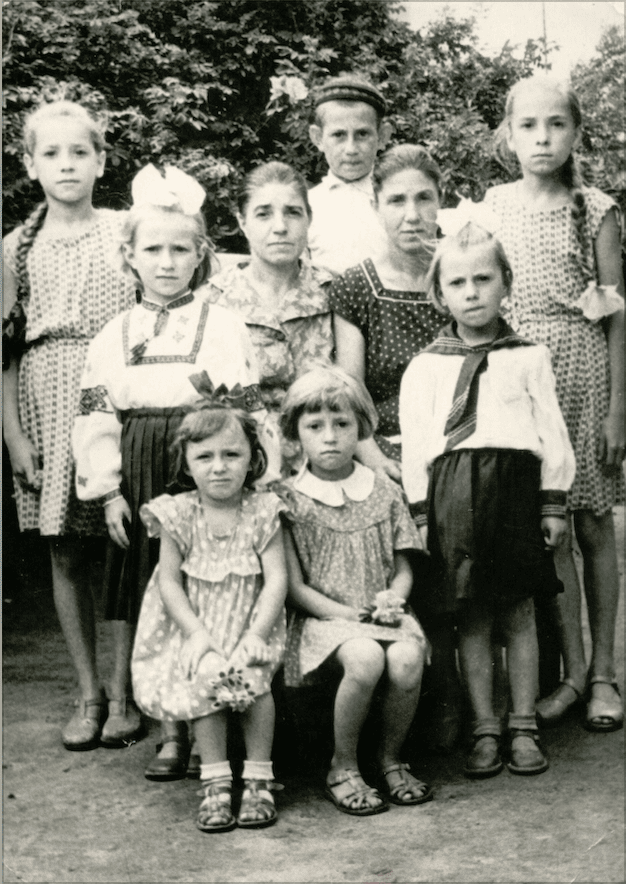
An introduction to Ukraine’s darkest years: 1932-1945
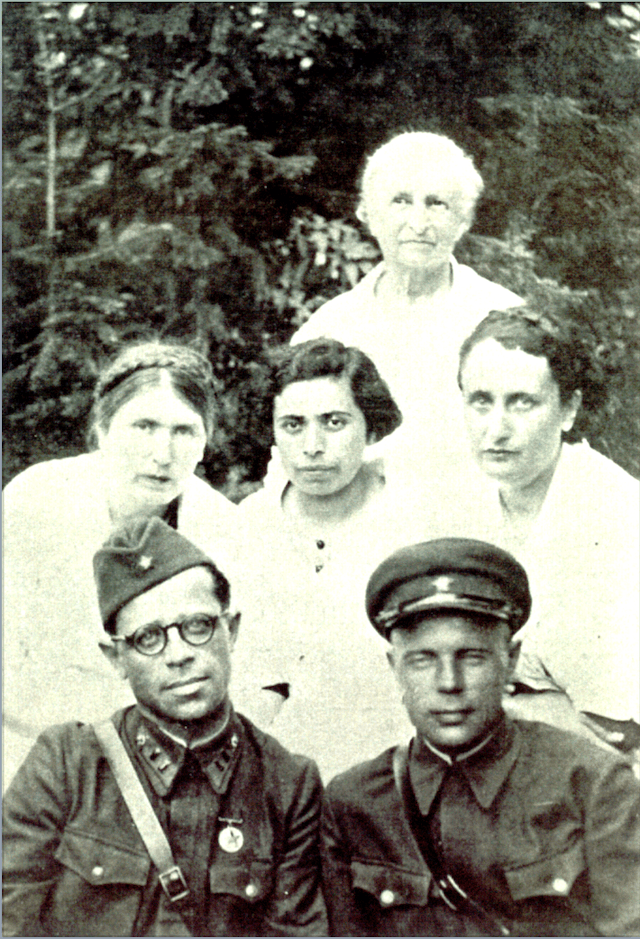
1932–1933
The collapse of the great empires at the end of the First World War did not produce the results many Ukrainians had hoped for. Unlike its neighbors to the west the Ukrainian nation was denied the founding of its own state. Briefly amidst the turmoil of the imperial collapse did there exist an independent Ukraine – the Ukrainian People’s Republic -- but none of the Great Powers sanctioned its existence. Instead, in the wake of the First World War, the Russian Revolution and Civil War, and the Ukrainian-Soviet War, Ukraine was left fractured and occupied. By 1921 this status-quo was formalized. The bulk of Ukraine became part of the Soviet Union; her western territories were in- corporated into Poland; the Western powers handed Transcarpathia to the newly-born state of Czechoslovakia; and Bukovina was given to Romania.
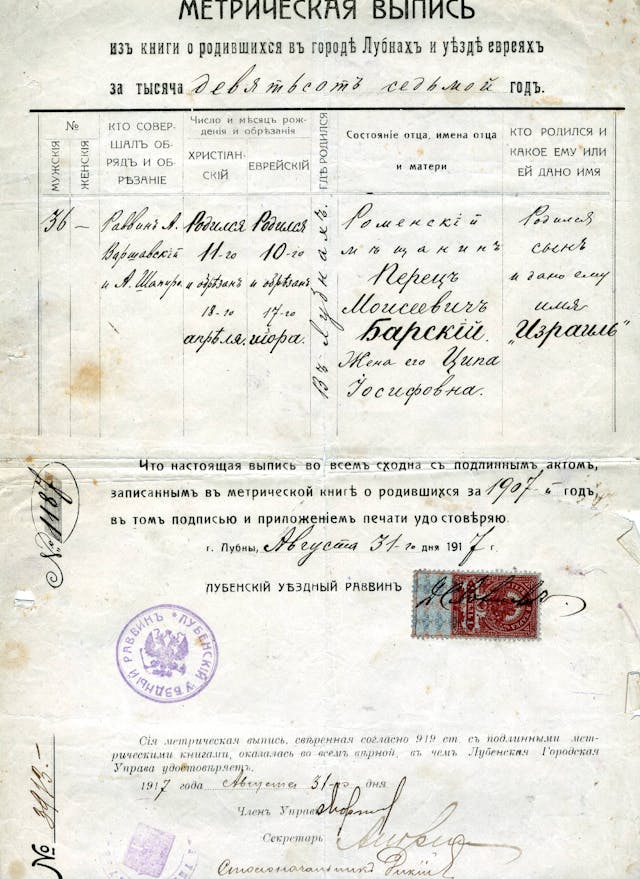
1932–1933
In the wake of the Paris peace settlements and the redrawing of the map of Central and East Europe, most countries in the region were left nursing territorial ambitions. Revanchism was the word of the day; the desire for revenge simmered until the beginning of the Second World War encouraged it to boil over.
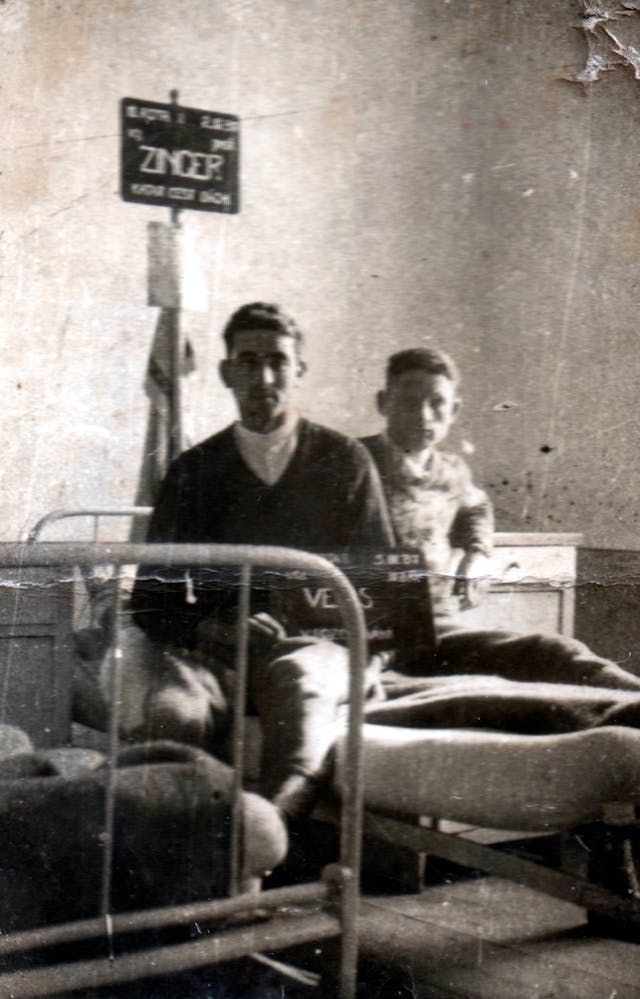
1932–1933
From 1932 to 1933, all Soviet Ukrainians suffered through the hell of the Holodomor (the Great Famine), which was inflicted upon the region under Stalin’s collectivization program. It is estimated that more than 3,300,000 Ukrainians of every ethnicity starved to death. Stalin refused to admit that the famine was even happening, let alone seek any amelioration.
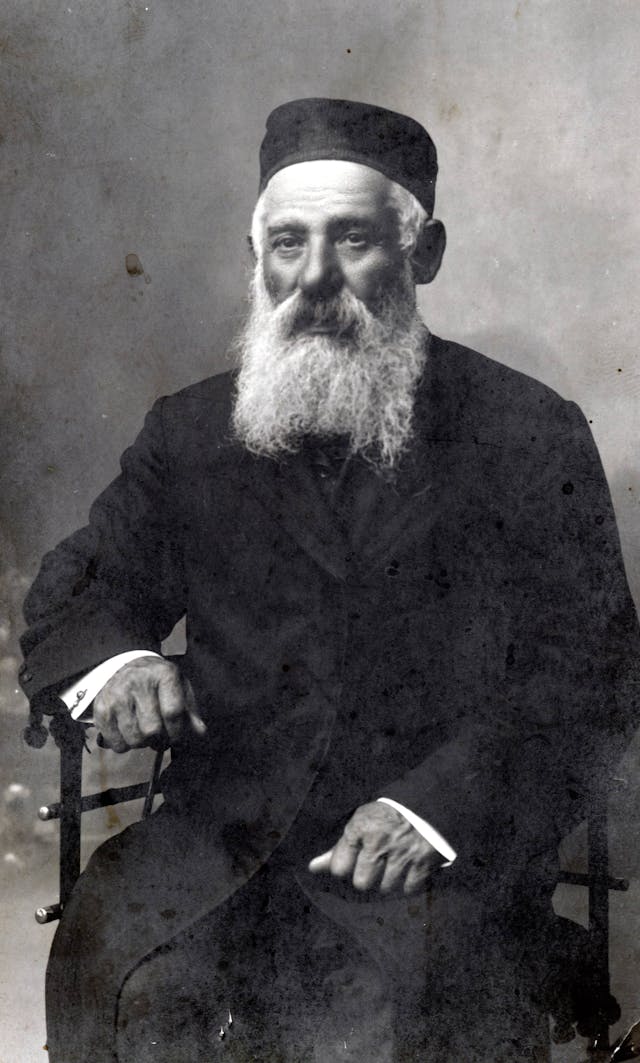
1932–1933
The international community did not help. Despite ample evidence of mass starvation and terror in Soviet Ukraine at this time—even without a formal admission by the Soviet government—American reporting, for instance, remained willfully ignorant. Walter Duranty, the Moscow Bureau Chief of The New York Times at the time of the Holodomor, denied that any government-made mass starva- tion had occurred. Such lack of reporting meant that no significant relief would come to the peo- ple of Soviet Ukraine from foreign governments
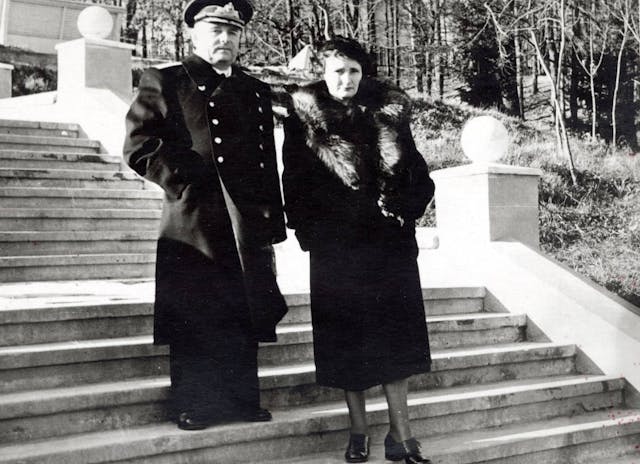
1941–1944
Nazi Germany and its allies invaded the Soviet Union on 22 June 1941. The German Wehr- macht and Waffen SS—with the cooperation of their Hungarian, Italian and the Romanian allies—killed millions of Ukrainian civilians over the next three years and around 2,500,000 Ukrainians were sent to Germany to work as slave laborers.
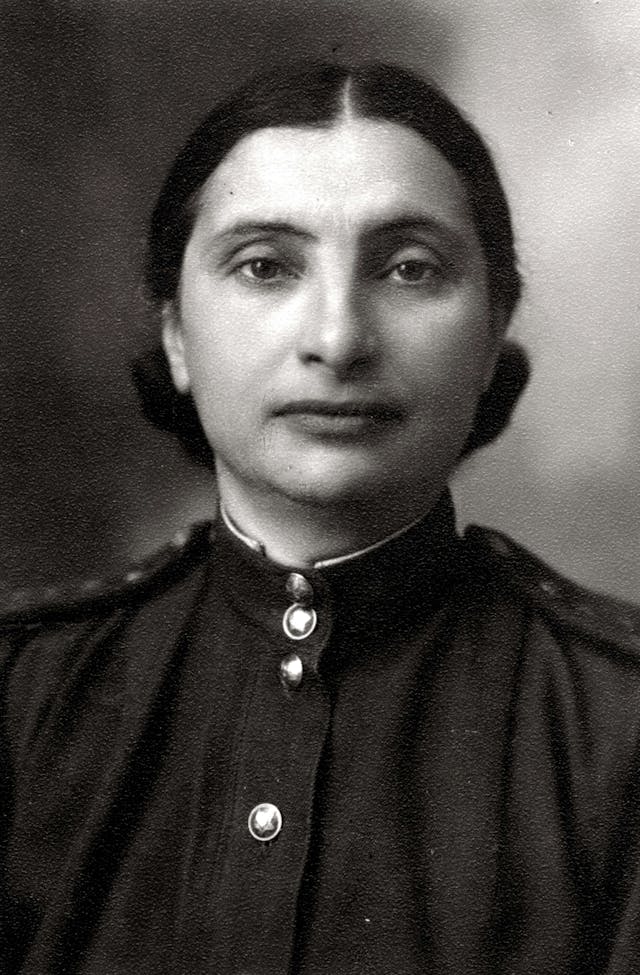
1941–1944
501,000 Jews from all over the Soviet Union served in the Soviet Army during the war; 198,000 fell fighting, or died in German prison camps.
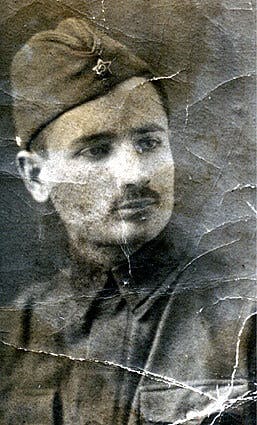
1941–1944
Of the estimated 2.5 to 2.7 million Jews living in Ukraine at the beginning of the Second World War, between 1.5 to 1.6 million were murdered between 1941 to 1944.
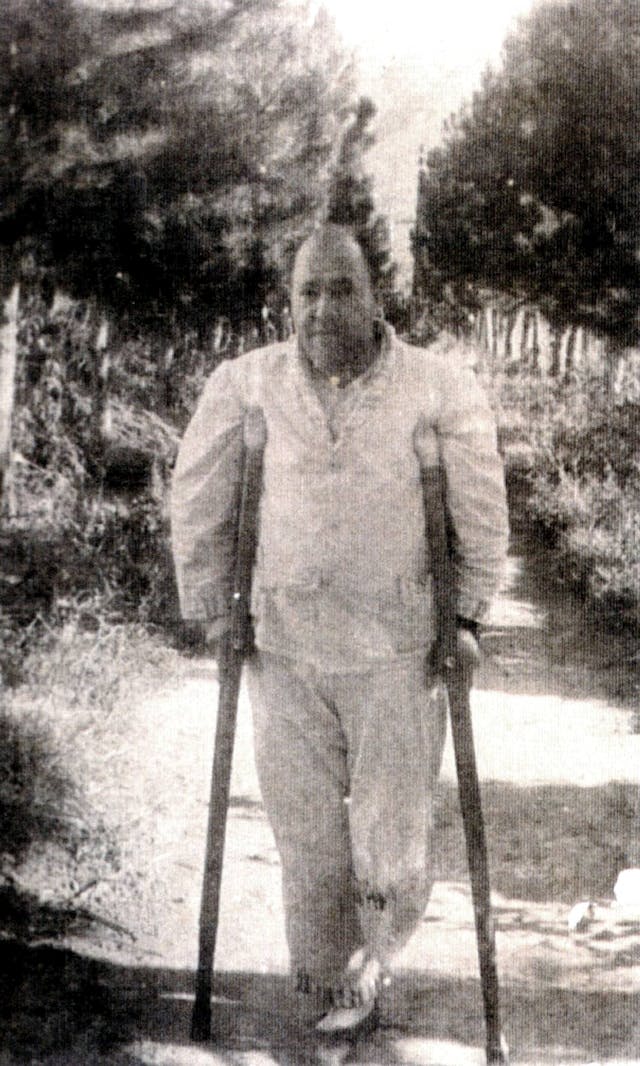
1941–1944
As in the rest of Nazi-occupied Europe, mass murder on this scale would have been impossible without the assistance of local collaborators. In Ukraine, this included those who were conscripted into or volunteered for service in auxiliary police units or the German military but also those who volunteered for independent militia or partisan units.
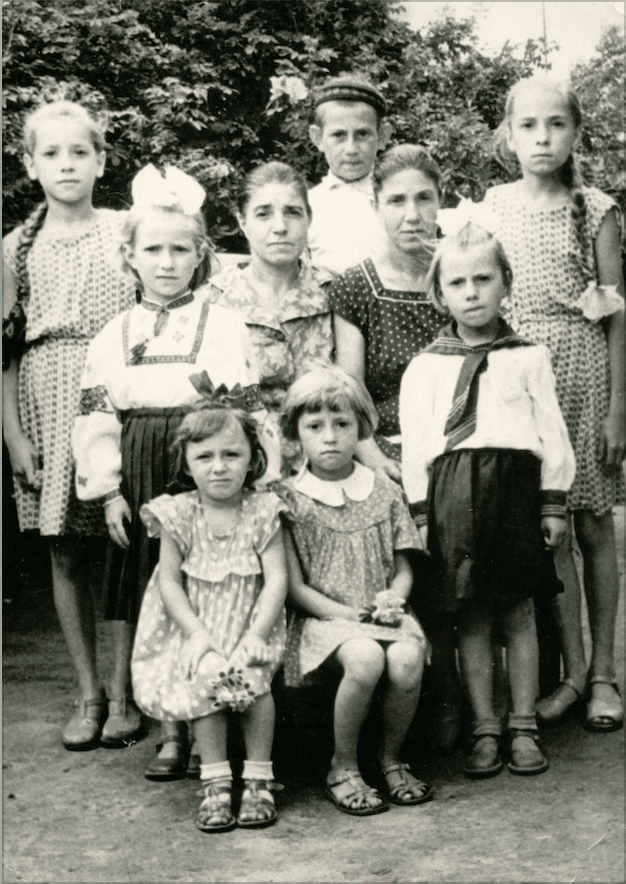
1941–1944
It should also be remembered that during the darkest days of the Second World War, thousands of Ukrainians saved and protected Jewish friends, neighbors and even complete strangers. Israel’s Holocaust Memorial Museum, Yad Vashem, has given 2,544 Ukrainians Righteous Gentile awards for their bravery.